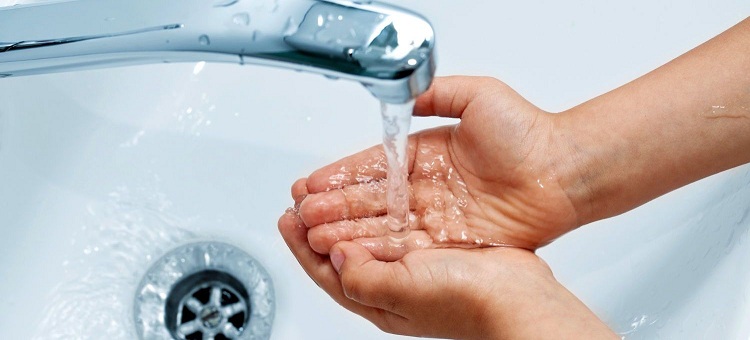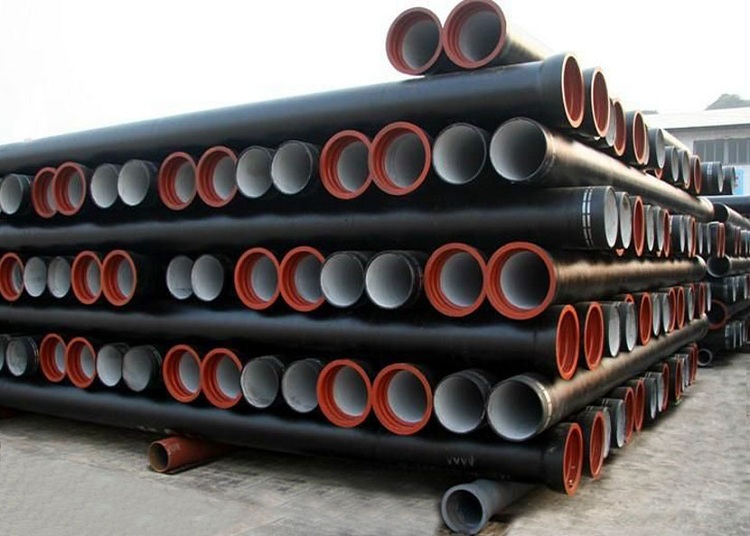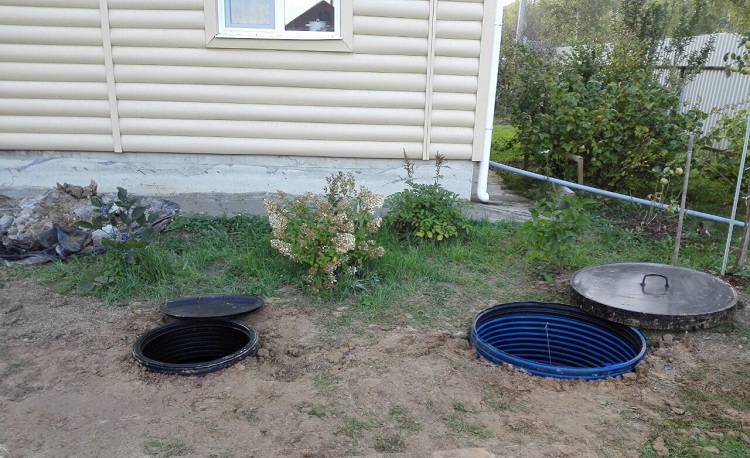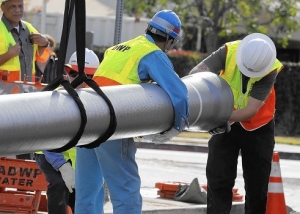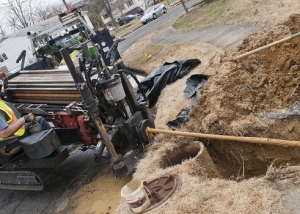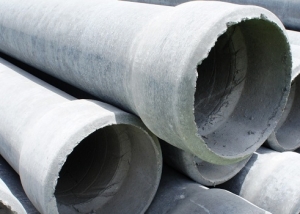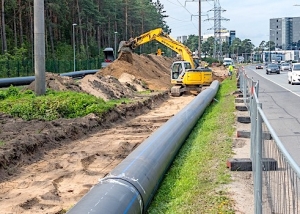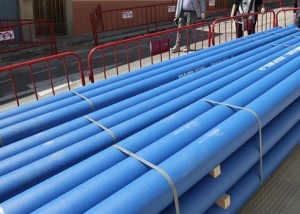Internal water supply and sewerage of buildings belong to engineering networks and are regulated by building codes and regulations (SNiP). Deviation from these standards entails unforeseen breakdowns and other emergency situations in these structures. Internal pipelines include communications that transport cold and hot water to consumers. Sewer systems perform the function of draining sewage from plumbing fixtures to sewage treatment plants.
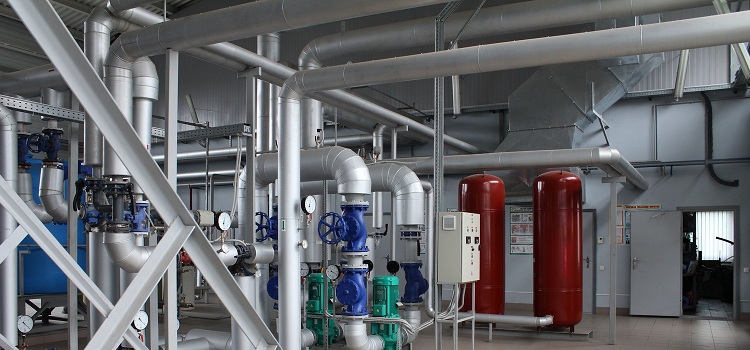
Water and sewer systems located inside buildings must be designed and installed in accordance with building codes
Content
Main characteristics
Internal water supply and sewage networks must be installed in accordance with a pre-designed project. Designing is a mandatory norm, which is necessary for the implementation of high-quality installation of communication. The effectiveness of this or that communication, as well as the duration of its operation, will depend on how the installation is carried out.
Water supply systems, as well as sewer networks are laid to provide maintenance of private houses, multi-storey residential buildings, small and large enterprises, as well as administrative buildings and other buildings.
The installation method of the internal water supply and sewerage can be of two types:
- interior;
- outer;
Communications laid inside buildings, in most cases, are made of metal-plastic or plastic pipes. However, SNiP allows you to lay pipelines from other materials. For example, for a water supply network, the use of steel or copper pipes is permitted.
Note! Steel pipes are a more expensive analogue of modern metal-plastic and polymer products, so they are used for installation of water pipes less and less.
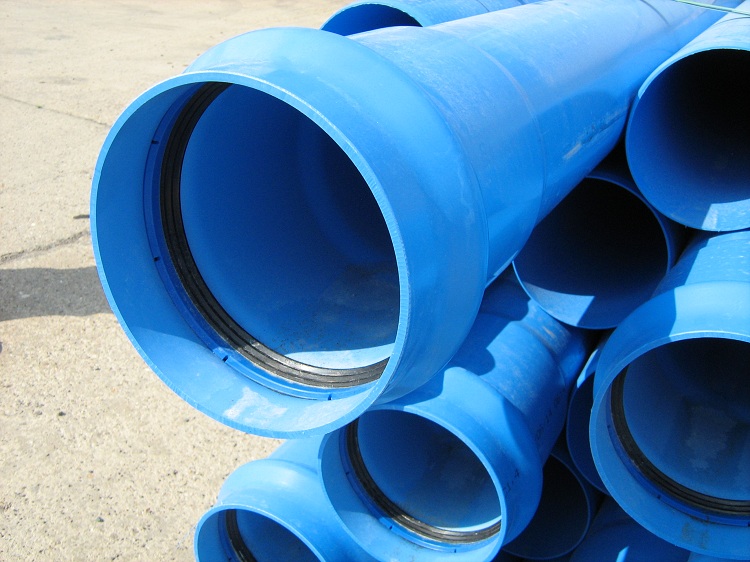
Modern water and sewer systems are often mounted from polymer pipes, which have a lot of advantages over metal
In addition, it is worth noting that steel pipes have a low resistance to corrosion and are prone to blockages due to insufficiently smooth inner surface. As for copper products, they are probably the most expensive and, despite their excellent technical characteristics, are installed extremely rarely.
Modern projects should contribute to the improvement of construction work, as well as widely implement the following points:
- maximum automation of all processes;
- mechanization of labor-intensive stages of installation;
- standardization of communications through the use of pipes and additional components of the same (standard) sizes;
- reduction of financial, energy and labor costs during the installation of any communication.
For external communications, there are own standards prescribed in the SNiP “external water supply and sewerage of buildings”.
Requirements for internal water supply and sewage systems inside buildings
There is a certain set of rules (SP), which should be subject to the internal network of water supply and sewage systems. Consider the list of basic requirements for these pipeline structures:
- when independently designing water supply and sanitation systems, their combination is recommended. This arrangement option is considered the most effective and can reduce the cost of operating these pipeline structures;
- water delivered through domestic water supply must comply with all sanitary and hygiene standards. In order to achieve a certain quality standard, water must undergo several mandatory procedures, including: purification, clarification, etc .;
- industrial waters are not used for drinking, however, despite this, they must also undergo all necessary treatment measures. The degree of clarification of water is determined in accordance with its subsequent use (i.e., for which particular process it will be used);
- For transportation and delivery of water to the final consumer, communications from environmentally friendly materials should be used, the material of which does not react with water and does not emit any foreign chemical impurities into it.
- According to SNiP, a necessary measure is to take into account the volume of water consumption, as well as the magnitude of the pressure of the liquid.
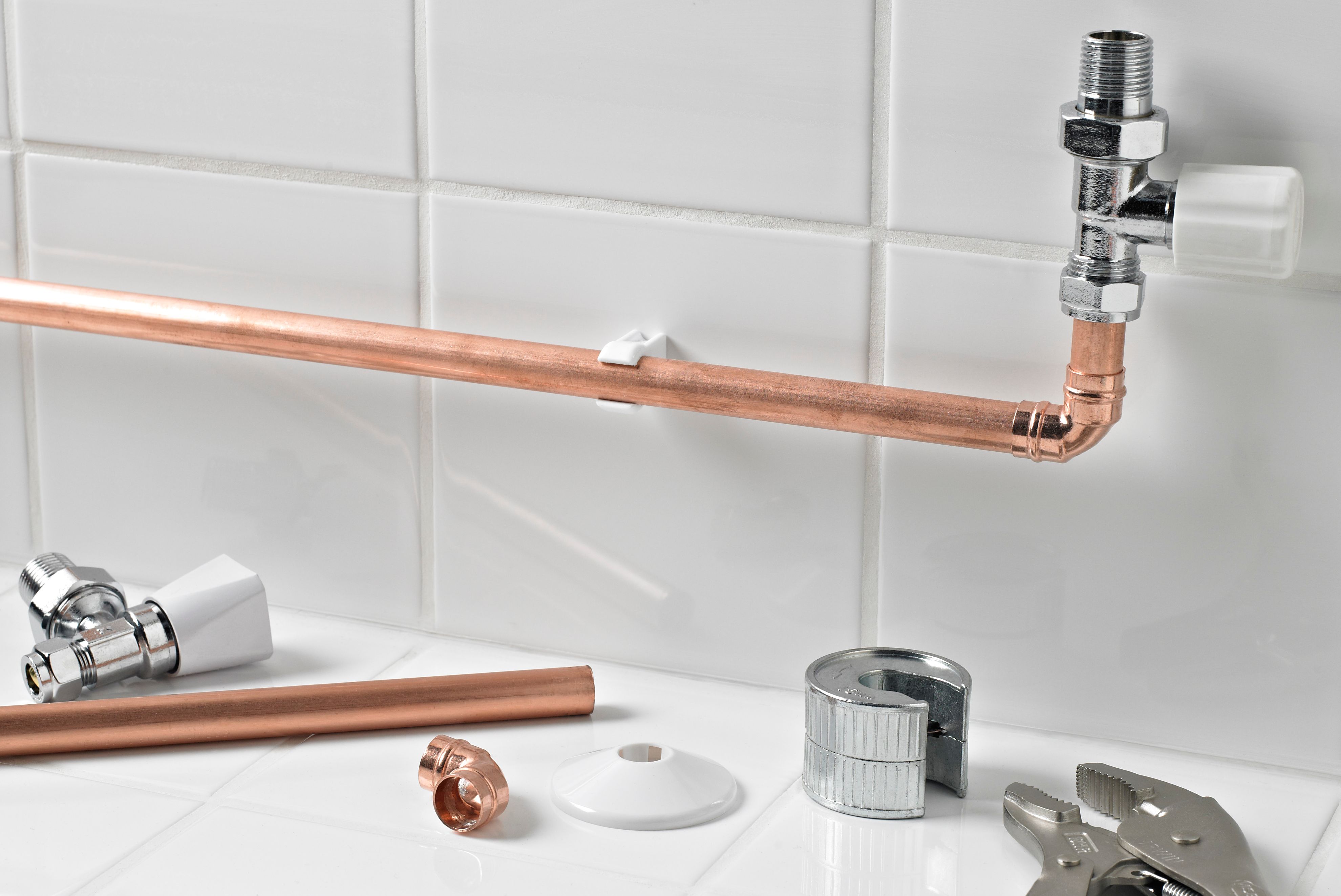
The material of the pipes used for the water supply should not emit any substances that impair its quality in drinking water
Consider the minimum indicators of free fluid pressure for different situations:
- single-story structures should have a free head, which is 10 m;
- each next floor should have a pressure increase of at least 4 m;
- in cases when periods of minimum water consumption occur, the norm is the decrease in pressure on each subsequent floor after the first by 1 m.
Domestic water supply
Domestic water supply refers to communications transporting hot and cold water to consumers. In addition to pipes, this system includes measuring instruments and other shaped parts and accessories.
Through these pipelines, water is delivered to:
- plumbing fixtures, which include faucets and toilets;
- to technological cranes;
- to fire hydrants.
The code of internal water supply is aimed at identifying the quality of the supplied water, as well as its technical characteristics. The main such characteristic is the temperature of the transported water.
The quality of water supplied for household needs is determined by the following indicators:
- microbiological characteristics of water;
- organoleptic properties;
- indicators of water toxicity.
The temperature at the taps associated with residential buildings should be at least 50-60 ° C and not more than 75 ° C. It is worth noting that the same indicator in preschool institutions should not be more than 37 ° C.
According to SNiP, internal water supply systems are classified into three main groups depending on the type of building and its purpose:
- household drinking communication;
- fire water supply;
- trunk mounted at the enterprise.
Note! Norms allow the connection of a fire water supply to another water supply system. However, such docking is permitted only with one of the two other systems listed above.
Consider the list of basic structural elements that are part of any of the above networks:
- inputs to the building;
- branches (wiring);
- counters;
- risers and leads to water-folding equipment;
- shut-off and control valves.
According to SNiP, hot water supply should branch off from a centralized network or an internal heater.It is worth noting that for structures whose height exceeds 10 m, the installation of special pumping equipment is mandatory. Pumps perform a pumping function, thereby making it possible to deliver water to the upper floors.
Domestic sewage
Internal sewage includes pipes and auxiliary fittings. This communication has a very important function - the removal of effluents from plumbing fixtures and storm water inlets outside the buildings. The final destination, as a rule, is treatment facilities that filter water and dispose of it in the nearest body of water. After that, water can be reused for different needs.
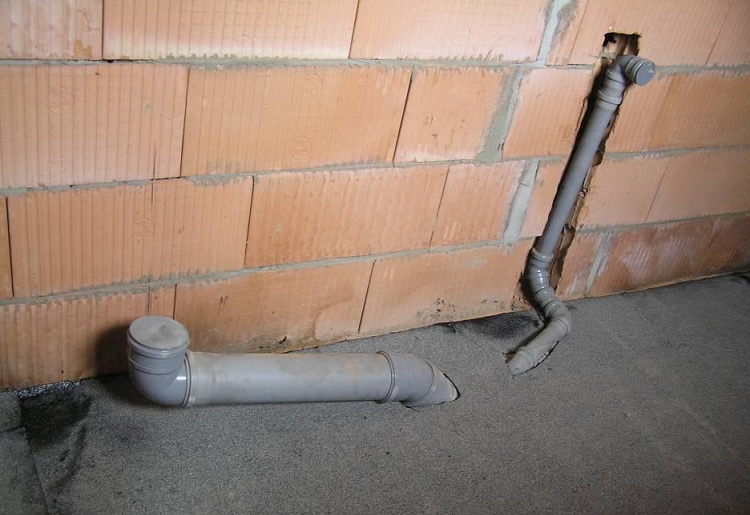
The internal sewerage system collects and discharges wastewater from consumer appliances to a common network
The main types of domestic sewage:
- household;
- Sewerage in enterprises;
- combined (integrated) sewer network;
- rain.
Consider in which cases a separate sewer system is installed:
- for facilities whose wastewater needs additional treatment measures;
- for buildings that have sewage treatment plants;
- for various industrial buildings, as well as for buildings related to the food industry (cafes, restaurants, etc.).
The basic requirements for plumbing fixtures and wastewater receivers are as follows:
- a siphon or a water trap must be located at the outlet;
- each toilet should be equipped with a flush tank;
- men's toilets must have urinals.
Installation of all devices is subject to certain rules, described in SNiP. The height of the instrument and other parameters must be strictly observed.
Important! In order for a normal drainage to take place, the organization of closed non-pressure (gravity) communication is necessary. The laying of the sewer pipeline is necessarily carried out under a certain slope. The slope starts from the plumbing fixture to the main riser.
It is also worth noting that for the organization of connections in the sewer structure, special devices are used - fittings. Sewer fittings are characterized by a constructive variety that determines their high popularity and functionality.
Pipe materials that are allowed to be used during the installation of pressure-free sewer communications of the internal type:
- polymer (usually polyethylene pipes);
- cast iron (mainly from durable gray cast iron);
- asbestos-cement.
The installation of the above pipes can be performed in two ways:
- open
- closed.
An open method involves the use of special elements for fixing. Through these elements, pipes are attached to work surfaces. It is recommended to install sewer pipes in places where the probability of mechanical damage is the least. A hidden way of laying sewer communication involves the installation of its structural elements so that the pipes are not visible (under the floor, in the wall, etc.).
In what cases is it prohibited to install sewer pipes?
Sewer structures that perform the function of draining wastewater must not be installed in such cases:
- It is strictly forbidden to carry sewer pipes in living rooms;
- installation of sewer pipes is prohibited in the bedrooms of children's institutions and medical wards of hospitals;
- in residential premises of sanatoriums;
- laying sewer pipes is not allowed in libraries;
- in switchboard rooms;
- under the ceiling in the kitchens;
- in catering facilities;
- in museums.
A complete list of places where wiring of the internal sewage system is prohibited can be found in the corresponding chapter of building codes.
In addition, it is worth noting some restrictions and provisions, the observance of which is necessary:
- it is forbidden to combine ventilation ducts with an exhaust of a sewer riser;
- Do not connect chimneys and exhausts of sewer risers;
- in the sewer design, special revisions should be provided;
- pipes laid by a hidden method must be equipped with inspection hatches. This is necessary in order to provide quick access to communication.
In accordance with SNiP revisions are mounted:
- on the first and last floor of the building;
- in multi-storey buildings - at least after 3 floors;
- on the turns of sewer communication.
The frequency of the location of the revisions in the horizontal sections of the sewage system is determined on a case-by-case basis. The role in this case is played by such indicators: pipe diameter, wastewater characteristics.
Installation options for water pipes for suburban areas
Pipe installation can be performed by two common methods:
- Serial connection of consumers.
- Collector connection.
As a rule, the first option is suitable for a small country house. For country houses in which people constantly live, the first option is not suitable. When connected in series, each transition contributes to a loss of pressure. In this case, the need is collector wiring, which involves the removal of the pipe from the main collector to the consumer. Thus, the water pressure for each consumer will be the same.
Helpful information! It is worth noting that the collector wiring is an expensive undertaking, since more pipes and other shaped parts are used for installation.
Water is usually taken from a well or well. A pipe is laid from the well using a closed method (in the ground). Such a pipe is connected to the pumping equipment, but before that it is necessary to install a check valve in it, which will regulate the direction of water movement and will not allow it to move in the opposite direction. The water pipe that transports hot water must be connected to the appropriate water heater.
Domestic water supply and sewerage systems are subject to certain rules that are established by competent state institutions. Compliance with these rules is not only recommended, but is also a must when installing these communications.
